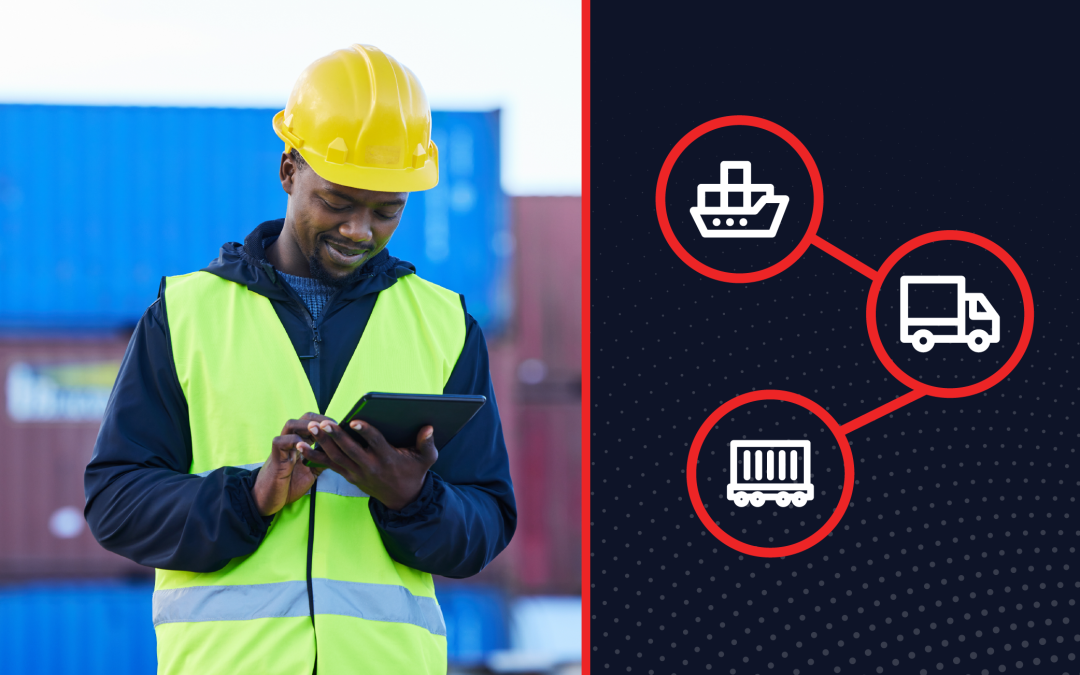In today’s fast-paced and ever-changing global market, where disruptions can cause millions in losses, having end-to-end supply chain visibility is no longer just a luxury—it’s a necessity.
If your supply chain management platform isn’t providing complete visibility from start to finish, you’re missing out on critical benefits and competitive advantages that could set your business apart.
Why End-to-End Visibility Matters
For many companies, achieving end-to-end supply chain visibility has been like chasing the Holy Grail—an elusive goal that seems always just out of reach. They know this level of visibility exists, and they understand its immense value, but they struggle to connect the dots that lead to true, comprehensive visibility.
This gap presents significant challenges for businesses trying to manage inventory, monitor shipments, and meet customer expectations—critical functions for any B2B or B2C organization today. Without full visibility, many shippers are left in the dark about where their inventory is located, the level of service their carriers provide, and where the inefficiencies lie within their supply chains.
This lack of insight can result in delayed shipments, increased costs, and dissatisfied customers, all of which can severely impact a company’s bottom line.
The Risks of Incomplete Information
Despite significant investments in people, processes, and technology, few companies can claim they have complete visibility across their supply chain. Running on outdated or incomplete information leaves businesses vulnerable, unable to respond swiftly to changes or make informed decisions. This can lead to missed opportunities, higher operational costs, and an inability to meet customer demands effectively.
For example, without accurate data on where shipments are at any given moment, a company might overcommit resources to address a perceived issue that doesn’t exist or miss out on optimizing routes that could save time and money. Similarly, lacking visibility into carrier performance can prevent companies from identifying and rectifying service issues before they escalate into more significant problems.
Achieving a complete, end-to-end view of the supply chain—from the transportation planning stages to the delivery of the product to the end customer—is essential for overcoming these challenges. By ensuring that all stakeholders have access to the same up-to-date information, companies can operate more efficiently and effectively in a competitive market.
The Tangible Benefits of Full Visibility
By implementing a robust transportation management system, companies can unlock significant advantages that go beyond just cost savings.
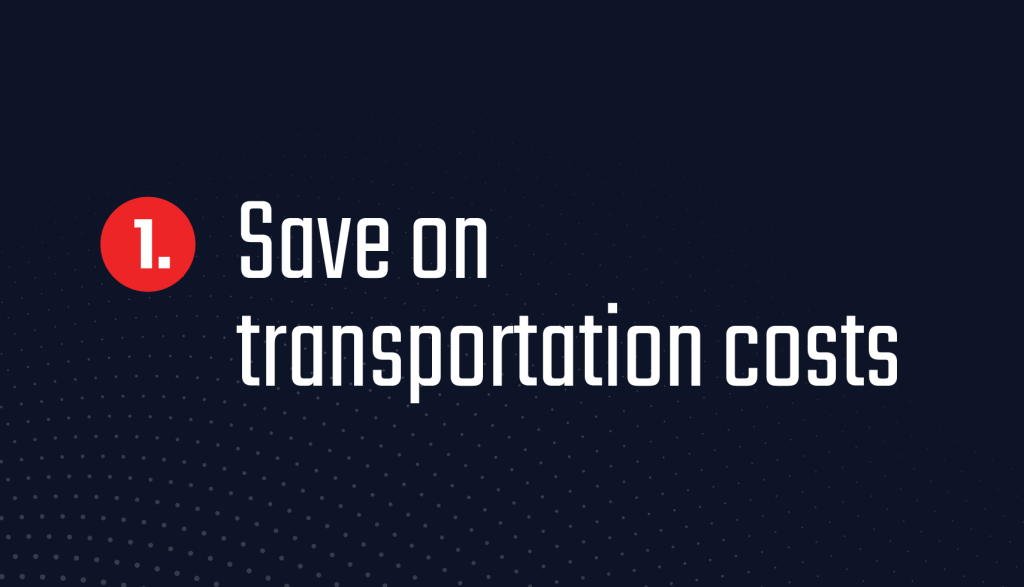
1. Save on transportation costs
Companies with end-to-end visibility can save an average of 6%–10% annually. These savings come from selecting the most cost-effective carriers and transportation modes and ensuring flawless execution across the supply chain. For instance, by accurately tracking carrier performance and shipment progress, companies can avoid costly delays and fines associated with late deliveries or missed deadlines.
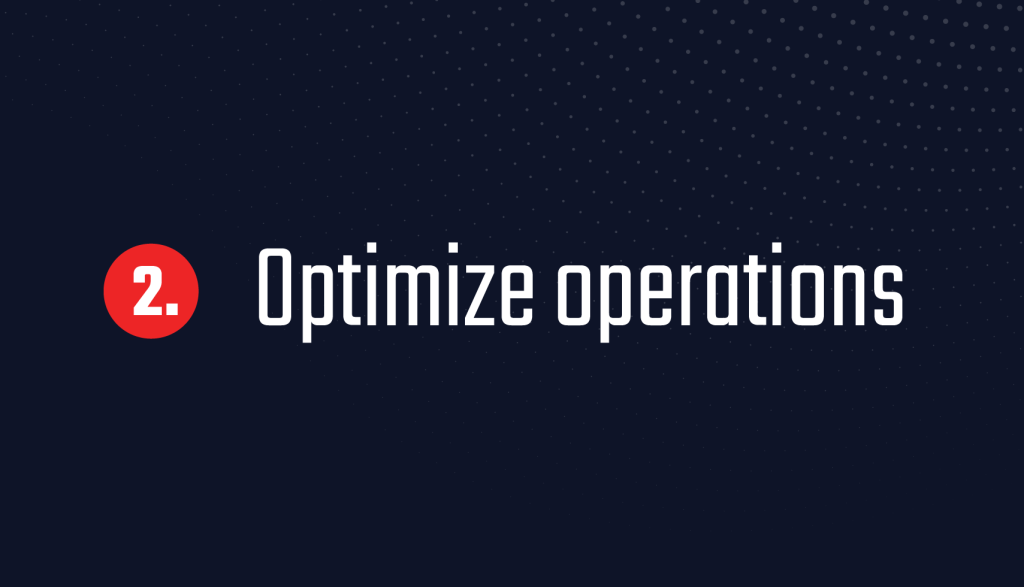
2. Optimize operations
With dock scheduling, shippers and carriers can eliminate detention charges by ensuring trucks are loaded and unloaded on time, every time. This precise coordination helps to keep the supply chain moving smoothly and reduces the risk of bottlenecks that can disrupt operations.
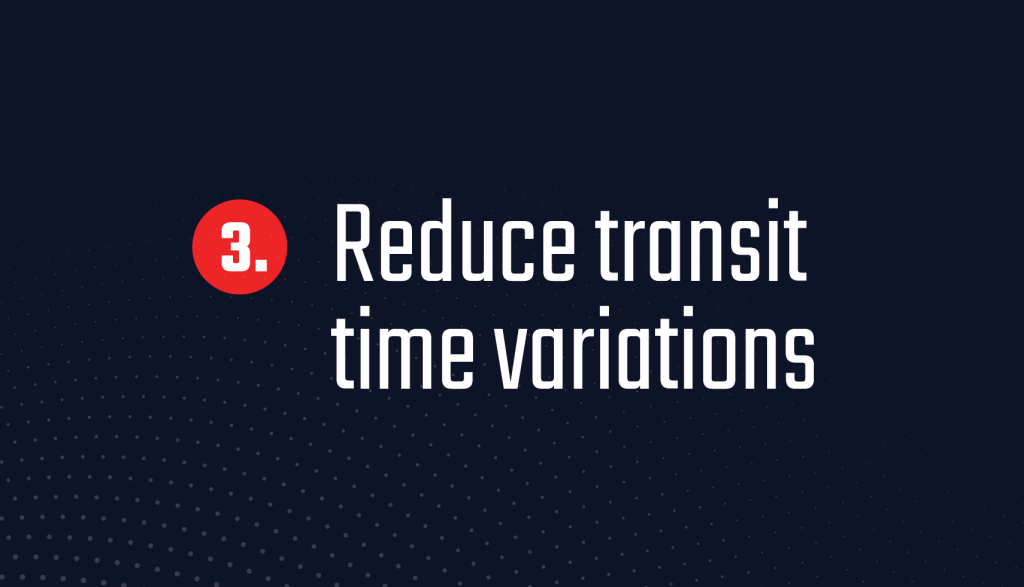
3. Reduce transit time variations
A transportation management system allows for proactive exception management, reducing the time spent on manual oversight and enabling quicker response to issues as they arise. This not only minimizes delays but also improves overall customer satisfaction by ensuring that products arrive when expected.
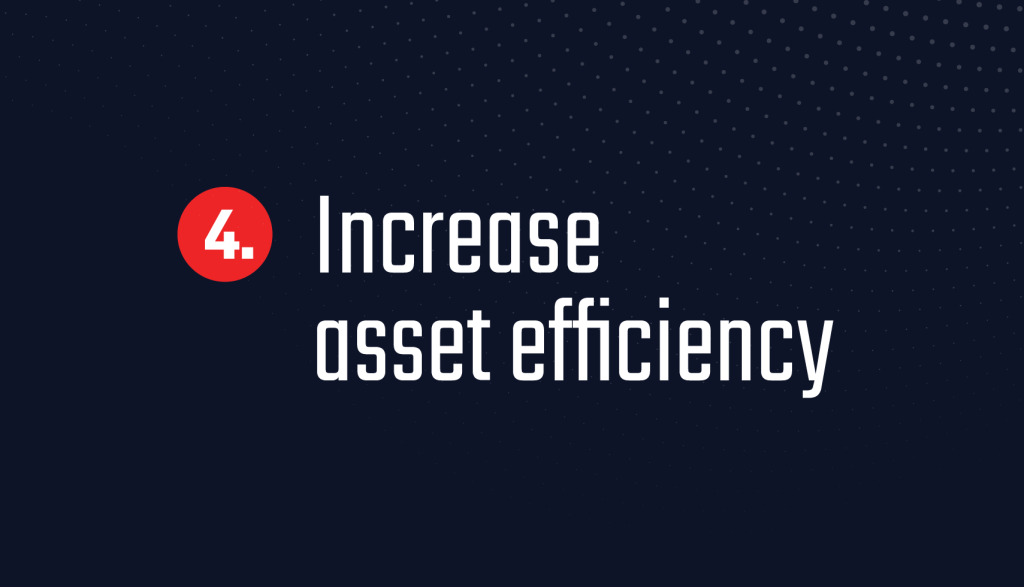
4. Increase asset efficiency
By optimizing transit times, companies can ship more loads with the same number of vehicles, significantly reducing asset costs. This efficiency is particularly important in industries where transportation and equipment costs are a major portion of the overall budget. Streamlining these processes can lead to substantial cost reductions over time.
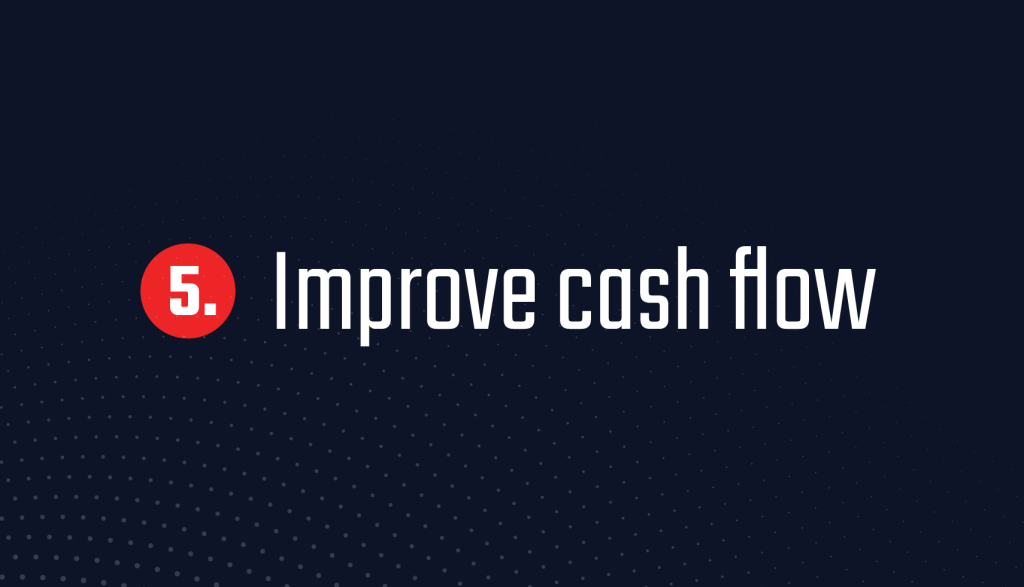
5. Improve cash flow
Enhanced visibility leads to shorter sales cycles and faster billing, freeing up cash that’s often tied up in lengthy processes. With quicker invoicing and payment cycles, businesses can reinvest funds into other areas of the operation or take advantage of new opportunities as they arise.
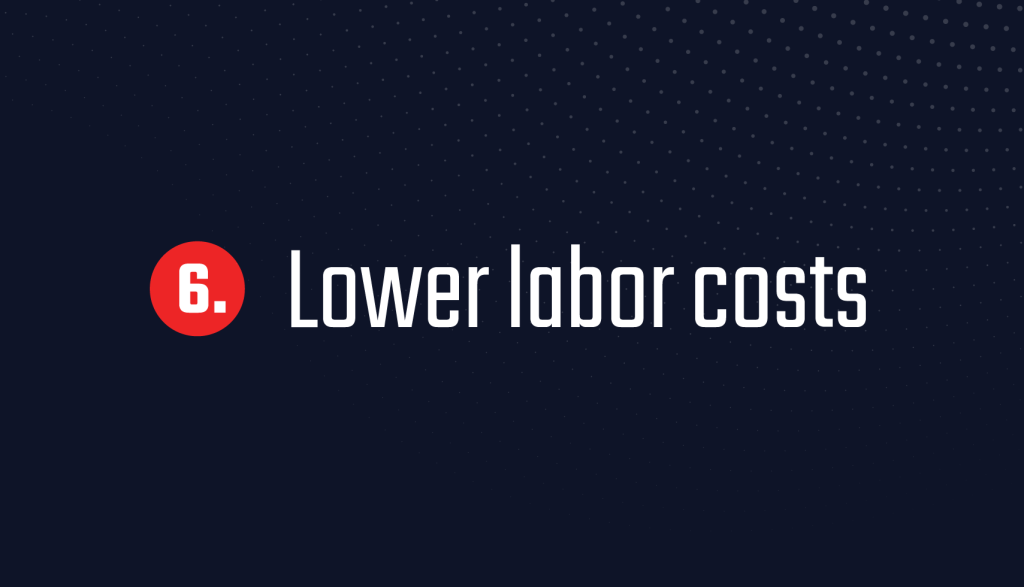
6. Lower labor costs
High levels of visibility reduce the need for manual intervention, decreasing labor costs associated with managing the plant, warehouse, dock, or yard. Automation and streamlined processes mean that fewer employees are needed to oversee routine tasks, allowing them to focus on more strategic activities that add value to the business.
Take the Next Step
Imagine being able to cut transportation costs by 10% and reduce transit time variations with minimal manual intervention. The IntelliTrans transportation management system can help you achieve this level of efficiency and visibility. By integrating such a system into your operations, you can not only improve day-to-day processes but also gain a strategic advantage that positions your business for long-term success.
Ready to gain the visibility you need to stay competitive? Connect with an IntelliTrans TMS expert.

